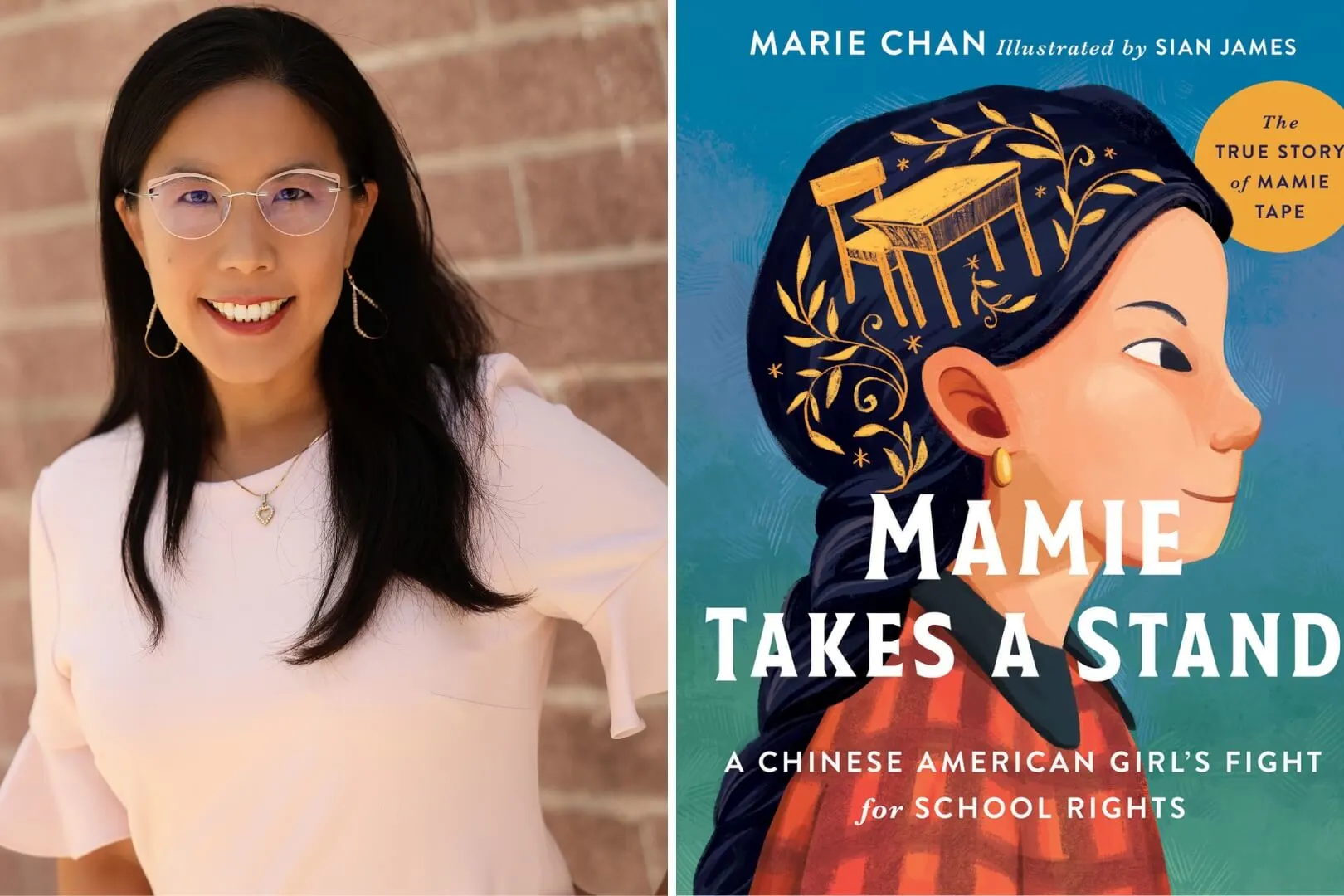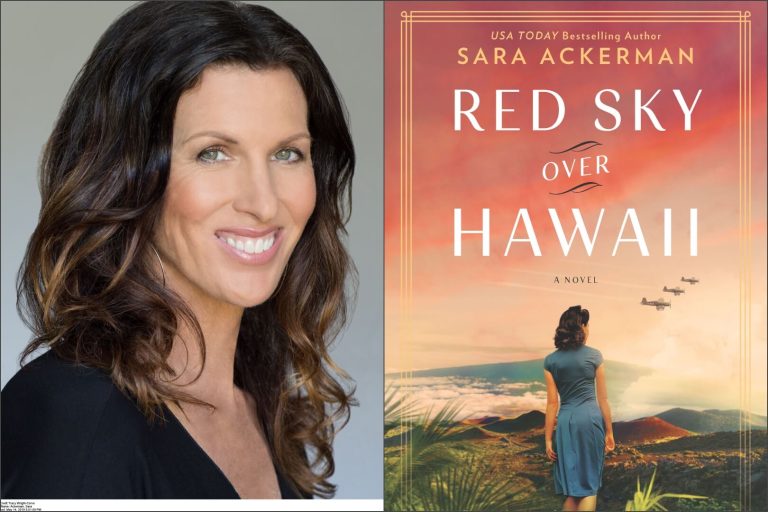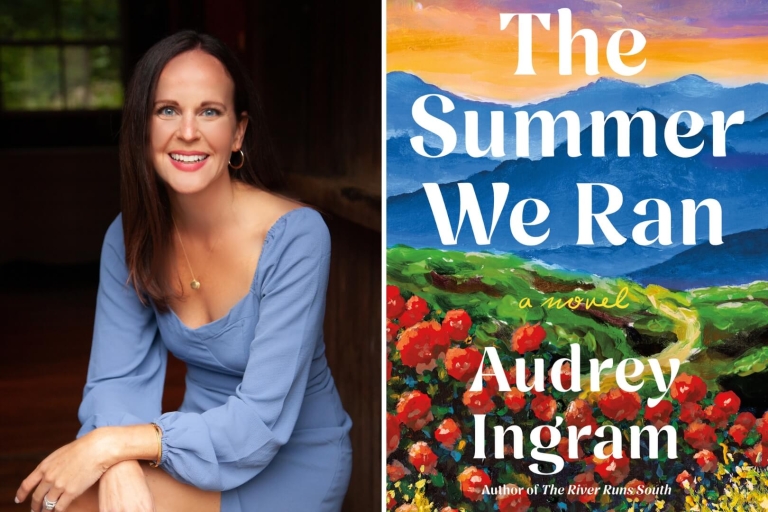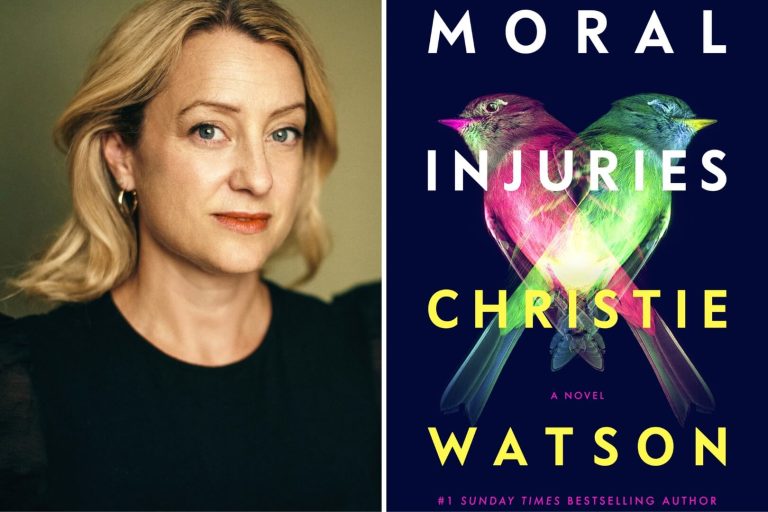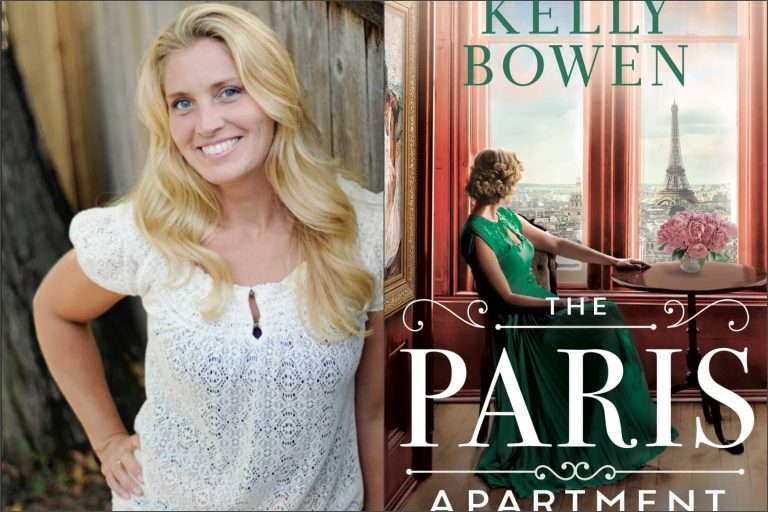Former educator Marie Chan highlights a little-known but important chapter in our nation’s history with Mamie Takes a Stand, an engaging story for middle-grade readers about a Chinese American girl’s fight to attend public school in the 1880s.
Marie Chan shares stories that inspire love for all. Being the daughter of Taiwanese immigrants fueled her passion to write children’s books that amplify underrepresented voices, highlight hidden figures in Asian American history, and build cross-cultural awareness.
As a former California public school teacher, she holds Mamie Tape’s story in her heart because she would not have been allowed to teach or study in California if Mamie had not fought against racial discrimination and won her case. Marie lives in California with her husband, two children with a third in heaven, and her giant rabbit, Sunshine.
In the fall of 1884 in San Francisco, California, Mamie excitedly arrived for her first day at an American public school, only to find the principal blocking her way. Why? Because Mamie was Chinese. Thus began the Tape family’s yearlong struggle to secure Mamie’s right to attend public school. In the spring of 1885, Mamie’s case reached the California Supreme Court, who reaffirmed a lower court’s ruling that public schools should be open to children of all races.
Kids will be introduced to this largely unknown tale from American history and learn to treat others with empathy and respect.
My Review
I received a copy of Mamie Takes a Stand in exchange for a review. All opinions are my own.
Mamie Takes a Stand is a vivid and important read about this Chinese American hidden figure. This biography will no doubt shine the spotlight on Mamie Tape. Middle-grade readers and teachers will learn so much about an untold time in history, and it will lead to significant discussions about racism and everyone having the right to an education.
It’s important reminder that we can’t forget or ever overlook history, we must learn from it and continue to grow and evolve.
I found the writing lyrical, informative and engaging. I truly felt like I got to know Mamie and I loved learning about her interests such as combining her Chinese background with enjoying American life. For instance, when Marie writes about how Mamie likes both chow mein, rice and corn on the cob—”why couldn’t she be both Chinese and America?”—I loved that section that uses food as a platform to show that Mamie is just as American as the kids she grew up with.
And the illustrations are absolutely beautiful. We need more books like this about important figures of history.
I highly recommend this for middle-grade readers, their teachers, parents, and anyone looking to learn more about an important figure of history.
Now let’s get to my Q&A with Marie!
What are some of your favorite books?
I read countless picture book biographies to use as mentor texts when I was writing Mamie Takes a Stand. I love reading about the lives of diverse hidden figures because I always learn something new!
One of my favorite picture book biographies is The Story of Ruby Bridges, by Robert Coles and illustrated by George Ford. I always admired Ruby’s willingness to forgive, and even pray for those who opposed her integrating William Frantz Elementary School in New Orleans in 1960. When I first began teaching, I read aloud The Story of Ruby Bridges to my class and my second grade students wrote to her. Ruby Bridges mailed a reply to my class and I still have the original letter signed by Ruby Bridges from over twenty years ago. That letter is very special to me.
When I was a child, I read a book about friendship illustrated by Gyo Fuijkawa and was drawn to the diverse kids on the cover (which was rare to see in those days), so I enjoyed reading It Began With a Page: How Gyo Fujikawa Drew the Way, by Kyo Maclear and illustrated by Julie Morstad. This beautiful biography shows how Gyo changed the publishing industry when she pioneered drawing children from different ethnic backgrounds playing together in picture books.
Another favorite of mine is The Oldest Student, by Rita Lorraine Hubbard, which is about Mary Walker, who learned to read at the age of 116. The book’s timeless message, “You’re never too old to learn” encourages me whenever I feel like I’m too old to try something new.
When did you know you wanted to become an author?
I love using diverse picture books in my classroom and have written curriculum and lesson plans to utilize them with my elementary students, but I hadn’t seriously considered becoming an author and writing a book until after my youngest son passed away unexpectedly about five years ago, when friends encouraged me to write my story. I thought if sharing my story can help one person, then it is worth writing it. (My manuscript about grief and loss has not been published yet, but I hope to publish it in the future.) Around that time, I also noticed that there were very few biographies about Asian Americans written for children and became passionate about amplifying the stories of Asian American hidden figures, especially when I learned how I would not have had the opportunities to study and teach in a public school in California if Mamie Tape had not won her case.
What inspired you to write a picture book biography about Mamie Tape?
In 2020, when schools and libraries shut down, my daughter asked me to read an e-book from her school’s online Epic library. The book she chose was Separate is Never Equal: Sylvia Mendez & Her Family’s Fight for Desegregation, written and illustrated by Duncan Tonatiuh. As I was reading the names of the cities where the Mendez case had taken place, I began to recognize many of them. I had taught in a neighborhood in Los Angeles County with a large population of students whose parents had immigrated from Mexico. When I planned my lessons, I intentionally looked for books that I thought would affirm and connect to their cultural background. How come I had never heard of Sylvia Mendez and the Mendez et al. v. Westminster et al. case when I had grown up in Orange County? I only first learned of this important history (that was never taught to me in school) through a picture book.
I became very interested in researching more, so I looked up the sources in the bibliography and studied school segregation in California, which led me to discover the Tape v. Hurley case. Suddenly, my research became very personal when I realized that Chinese American students were excluded from receiving a public education in California too.
I recognize that parents are busy and don’t have time to read thick academic books about Asian American history, but they will take time to spend 20 minutes reading a picture book aloud to their child at bedtime. That’s when I decided that this story needed to be told in a picture book biography format to make it more accessible for families.
What type of research did you conduct while working on the book?
I began researching Mamie Tape and the Tape v. Hurley case in 2020. Due to the COVID-19 pandemic, I could not access libraries and archives in person. However, I appreciate the archivists in the National Archives who helped me access the files, such as immigration interviews about the Tape family, and scanned them for me. Many archivists, professors, librarians, historians, and nonfiction writers were very helpful and encouraging! I am especially grateful to Dr. Mae Ngai, a professor and historian who specializes in Asian American history and did extensive research on the Tape family, who provided me with a digitized recording of a rare interview of Mamie Tape. When I listened to Mamie’s voice, I could sense that she was confident and courageous, but also kind and compassionate.
I am grateful that through the help of different community members, I was able to contact Mamie Tape’s great-granddaughter and other Tape family descendants. The Tape family was very generous in sharing their family photos with me and taking the time to allow me to interview them and answer many questions via email. It has taken many years to research, write, and publish Mamie Takes a Stand, and they have been supportive throughout my entire process.
When things opened up, I visited the actual sites of where the Tape family lived and walked the street up to the school where she tried to enroll. Even though I had done the archival research, I wanted to make sure that what I wrote in my book actually correlated with what was the actual layout of her neighborhood. Also, spending time in San Francisco’s Chinatown and visiting the locations of where key events took place also helped me describe the setting of the story with better sensory details.
When I began working with my illustrator, Sian James, I provided her with files of old catalogs, Tape family photographs, and archival images. The San Francisco earthquake in 1906 had destroyed many buildings, so it was painstaking research to sift through hundreds of archival photographs and pages of San Francisco maps and old city directories to find the correct depiction of some places to how they looked originally in the 1880s. I will say, there was some artistic freedom in some of the illustrations, but overall, we strove to be as accurate as possible. My illustrator would ask me new questions of aspects that I hadn’t thought about before because I only had to write about them, not draw them, so I conducted further research to find answers for her.
My publisher could only list the source notes for the quotes I use in the book, but my actual bibliography is many more pages, probably enough to write a doctoral dissertation!
What do you hope are some of the key takeaways from Mamie Takes a Stand?
My hope is that learning about changemakers such as Mamie Tape will help readers have empathy and respect for others to create a more just and compassionate world. I hope children will know how they each have inherent worth and value and that we can celebrate each child’s unique cultural background.
When I was a child, I didn’t see my cultural heritage represented on the bookshelves of my school library, so I hope that my book will help Asian American children see themselves reflected more in picture book biographies. I hope that Mamie Takes a Stand will broaden perspectives about the history of school segregation, integration, immigration, and build cross-cultural awareness. In addition to Mamie’s courageous story, Mamie Takes a Stand also shows different examples of allyship to encourage readers to stand up for what’s right.
What are you currently reading and what’s on your TBR (to be read) list?
Currently, I am reading The Adoptee’s Journey: From Loss and Trauma to Healing and Empowerment, by Cam Lee Small. I am an adoptive mom and I lead a trauma-informed support group for adoptive parents. I want to better understand the perspective of transracial adoptees, especially those adopted from Asia. I would like to learn their stories and know how to support them in their struggles with identity formation and belonging.
I am looking forward to reading The Other Side of Tomorrow, a graphic novel about Korean refugees, by Tina Cho and illustrated by JJ Lee, that releases this fall.
I also want to read When Love is More Than Words, by Jocelyn Chung and illustrated by Julia Kuo. I can relate to how love is expressed differently in Asian cultures. Also, Julia Kuo is an amazing illustrator and I connect to her artwork because of her Taiwanese American background and the cultural details she puts into her illustrations.
Another book on my list is Wonderfully, Marvelously Brown, by Xochitl Dixon and illustrated by Sara Palacios, that celebrates the different shades of brown and affirms kids from diverse backgrounds, which is such an important message that children need to hear today.
